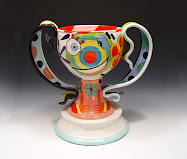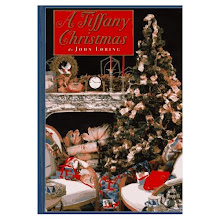It was actually a boyfriend who loved ancient Egyptian tomb paintings, and he filled our large Brooklyn apartment walls with the most amazing life size drawings. Somehow it looked great with my Art Deco furniture that I had at that time.
So these images HERE made me smile.
Francine Weisweiller, a socialite, and artist Jean Cocteau had a "a coup de foudre of friendship".
Francine herself adored style. She was an early client of Christian Dior; Roger Vivier custom made her shoes, and she became a great friend of Coco Chanel’s. She was also a pal of Madeleine Castaing, the eccentric decorator whose leopard-print carpets and upholstered Second Empire furniture.
Note: Go HERE to Topsy Turvy for a nice blog post about Madame Castaing.
Her villa, Santo-Sospir was then one of the loveliest on Cap Ferrat. She invited Cocteua to stay there for a rest. When he saw the bare walls he said that he found the silence of the walls terrible. Cocteau liked to say that he learned from Matisse that once you paint one wall, the other three look bare.
For six months, Cocteau painted and frescoed (or tattooed, as he liked to say) doors and walls with sweeping mythological figures, turning the place into a luminous fantasy. And if the walls were fantasies, so too was the décor.
Weisweiller and Castaing chose bamboo furniture from Sumatra for the dining room and then covered the walls and ceiling entirely in giant reeds. To match the strength of the drawings, they favored wicker furniture with strong tropical prints.
This article couldn't be more timely. Fellow blogger Emily Evans Eerdmans has a new book coming out about Madeleine Castaing.
I have pre ordered "The World of Madeleine Castaing" HERE, and have put in on the reading list of must-haves for my clients. I wonder if she included this villa in her new book.

And by the way, I never painted over the drawings on the walls, though I wonder what the tenants who came after me did. I'm glad the villa at Cap Ferrat preserved their house guest's wall paintings, aren't you?
Some excerpts are from the article by Geraldine Fabrikant.









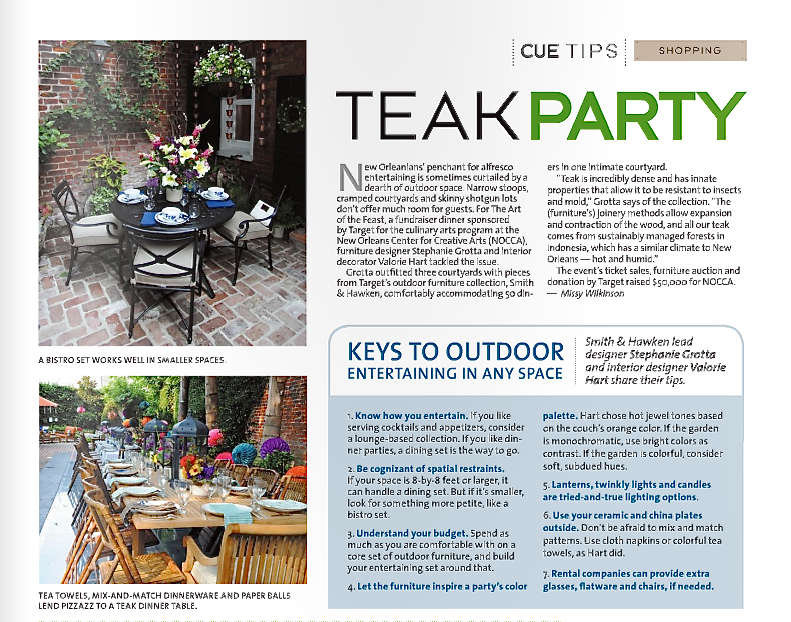






























































































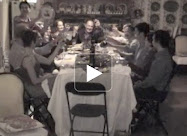


















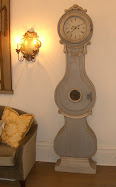.jpg)









